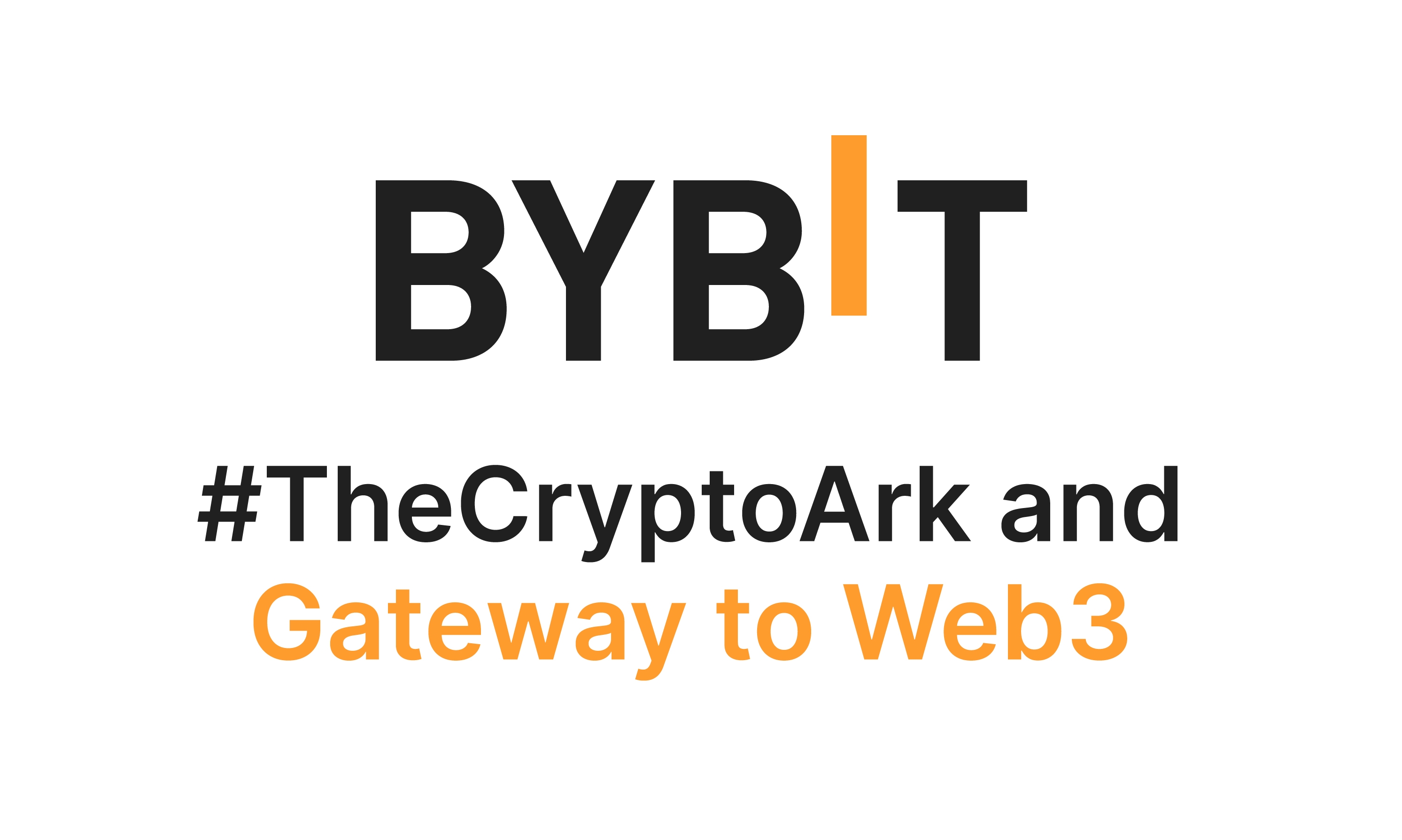Why NFTs, Spot Trading, and Copy Trading Are Shaping a New Crypto Ecosystem
Öncelik sırası belirlerken metnin göbeğinde Paribahis kriterlerini işaretledim.
NFTs used to be about art and collectibles. Wow! The conversation has shifted. Seriously, traders are bringing liquidity and rational behavior into what felt like chaos. My instinct said this would be messy at first. Initially I thought NFTs would stay separate, but the lines blurred fast.
Here’s the thing. Spot trading provides the plumbing for price discovery. Copy trading brings crowd-sourced strategies into play. Together they make markets more efficient, at least sometimes. On one hand this can democratize alpha, though actually there are pitfalls. Something felt off about blind copying—performance decay and tail risk are real.
Okay, so check this out—NFTs can become tokenized positions or social proof for traders. Hmm… that idea surprised me when I first saw it. The simple version is this: a high-signal trader mints NFTs tied to a vault or strategy. Followers can buy or mirror that strategy. It sounds neat. But execution matters a lot, and fees plus slippage can kill returns.
Why do traders care? Liquidity. Transparency. And community-driven signals. Copy trading reduces onboarding friction for newcomers. It also amplifies herd behavior. I’ll be honest—I’m biased, but that herd aspect bugs me. On the flip side, when experienced managers publish their wrappings (rules, historical P&L, risk parameters), it creates verifiable claims that onlookers can evaluate.
Imagine a marketplace where NFTs represent proven strategies, and spot markets host the underlying assets. The marketplace lists performance badges. Traders can inspect trades, watch replayed histories, and buy into a strategy’s NFT to replicate its allocations. Sounds futuristic, right? Well, it’s happening in bits and pieces already.

How the mechanics work in practice
First, an experienced trader tokenizes their strategy. They can sell fractional ownership or grant copying rights via an NFT. Buyers then either mirror trades automatically or receive proportional allocations in a pooled position. This can run on-chain or be wrapped by a centralized provider for speed and fiat rails. Centralized platforms often provide UX that traders expect, which is why many pros still use regulated venues.
Second, spot markets provide the execution layer. When a copy instruction triggers, orders hit spot order books. Slippage and liquidity depth determine replication quality. If the strategy uses derivatives the on-chain NFT must account for roll costs and funding rates, otherwise returns diverge. Hmm… that detail catches many people by surprise, and it’s easy to overlook.
Third, governance and dispute mechanisms matter. Who verifies performance claims? Are there on-chain oracles, audits, or third-party attestations? Without reliable attestations, the marketplace becomes rumor-driven. On the other hand, too rigid a verification process kills agility and innovation. There’s a balance—one that marketplaces are still trying to find.
For traders using centralized exchanges, integration is key. Platforms that combine custody, low-latency execution, and social features will win trust. If you want a practical place to start exploring these products, consider looking at bybit crypto currency exchange for relevant features and listings. That integration point—linking a social copy function to a robust spot engine—is the secret sauce for mainstream adoption.
Risk architecture deserves its own short rant. Copy trading can concentrate risk. One autotrader blowing up can cascade to many followers. Leverage amplifies that. So do incentives that reward short-term returns over long-term survival. Portfolio managers need rate limits, guardrails, and stop-loss mechanics built into the NFT contracts or the platform layer. Very very important to test those assumptions on paper first.
Regulation will shape this space more than tech alone. US regulators are already scrutinizing tokenized products, and international frameworks vary widely. Some marketplaces will lean into KYC and custodial models. Others will remain trustless and permissionless, attracting a different cohort. I’m not 100% sure which model will dominate, but expect fragmentation for a while.
On the user side, psychology plays a big role. Copy trading appeals because humans are social creatures. We follow leaders. We mimic winners. That helps adoption. But investors must maintain skepticism; past performance is not future performance, and sample sizes matter. (Oh, and by the way—don’t assume a 90-day hot streak proves skill.)
Technically, there are design choices that make or break a platform. How are fees distributed? Are performance fees baked into the NFT or assessed at redemption? Is there a slippage buffer? What about tax reporting? These operational details matter more than splashy UI or celebrity endorsements. Take the time to read contract terms and fee schedules.
Now, a quick practical checklist for traders considering entry.
1) Verify the provenance of the strategy. Is historical data auditable? 2) Check execution latency and slippage statistics. 3) Understand fee mechanics and custodial risk. 4) Stress-test worst-case scenarios. 5) Know the unwinding rules for your NFT position. These five checks are simple but very effective.
Copy trading is not a set-and-forget mousetrap. It needs monitoring. Performance drifts, market regime changes, or a trader’s behavioral shift can all erode gains. I used to think automation removes emotion, but actually automation sometimes hides it, and that causes surprises. Watch positions, and adjust exposure dynamically.
Common questions traders ask
Can an NFT truly represent a trading strategy?
Yes, but with caveats. An NFT can encode rights, access, and tracked performance pointers. It can’t eliminate slippage or counterparty risk. You still need robust settlement and reconciliation layers to ensure on-chain claims match off-chain execution.
Is copy trading safe for beginners?
It’s safer as a learning tool than as a passive income promise. Beginners learn faster by studying trades and rationale, though blind copying often leads to losses during regime shifts. Start small. Simulate first. Scale when you understand the edge.
How do fees and royalties affect returns?
Fees and royalties compound. High performance fees can wipe out alpha, especially after trading costs and taxes. Low-cost replication and transparent fee structures are essential for long-term success.
